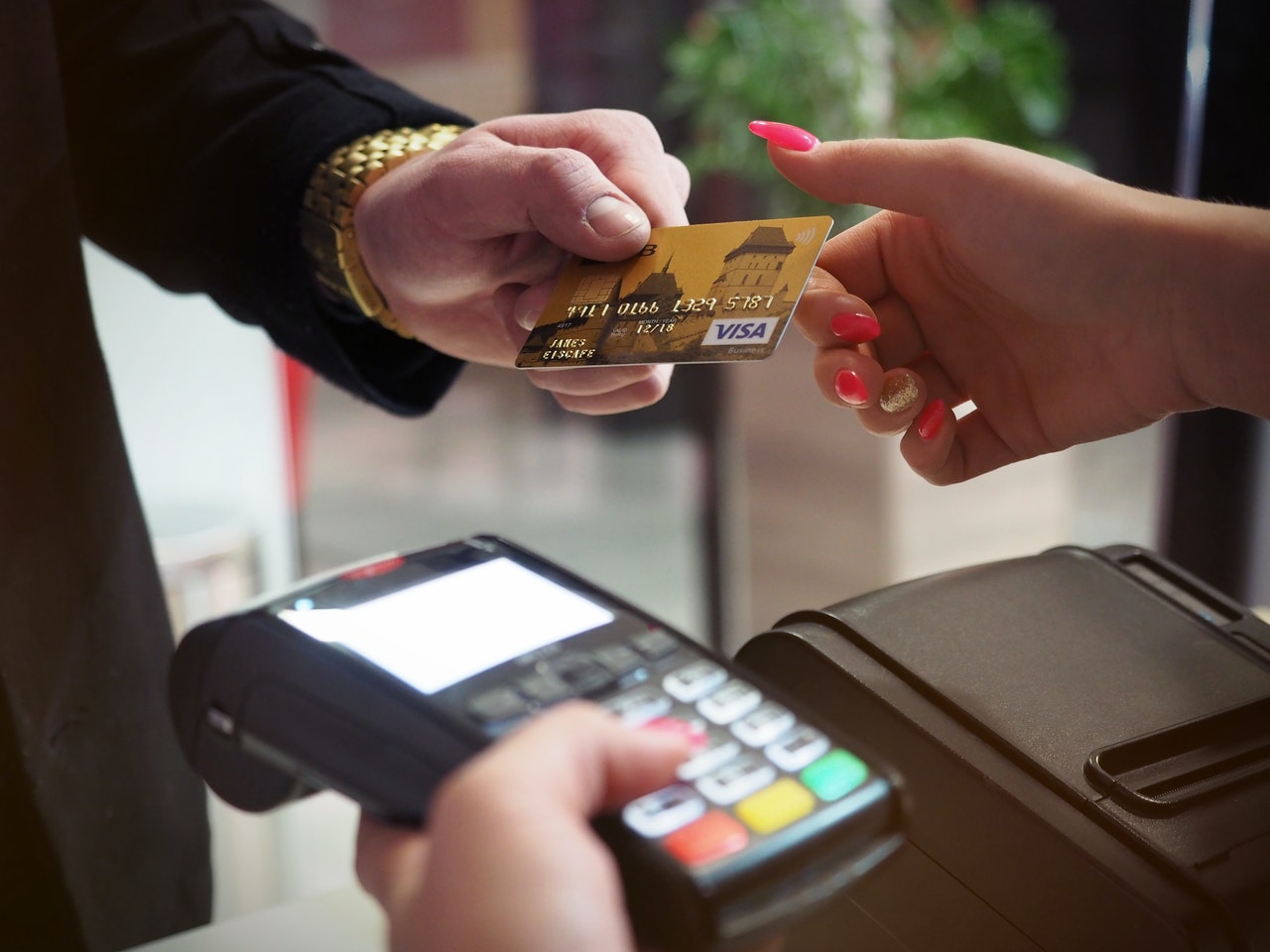Decommissioning a data center refers to the methodical process of removing servers and other components of an older data infrastructure to create a place for more recent data management solutions. As businesses continue their transition to cloud-based data management systems, decommissioning data has become an increasingly common activity. A project strategy, a checklist, and advance communication to all departments telling staff members about the decommissioning process are necessities for decommissioning a data center.

The decommissioning procedure, the amount of time it will take to decommission, the data backup schedules, and the reporting template for this process are all outlined in the plan for the decommissioning project.
The inventory of servers, desktops, laptops, printers, routers, and other information technology equipment is compiled using the decommissioning checklist. In addition, the list can record specifics such as IP addresses, model names, information regarding software, and storage information.
Planning
- Develop a strategy for implementation that details all of the activities and tasks for which each project member is responsible.
- To make sure that all those affected have the opportunity to voice their opinions regarding the commencement of the decommissioning, your stakeholders should collaborate with you to develop a comprehensive set of criteria that decides if a decommissioning will go ahead.
- On decommission day, hold a formal meeting to decide whether or not to proceed with the process and call off the decommissioning if the relevant risks are highlighted.
- For decommissioning initiatives that take place live, it is vital to communicate with end-users on the possibility of downtime to minimize customer annoyance if failures occur.
- To achieve the highest possible levels of safety and productivity, it is necessary to put into operation any tools or machinery required to make it happen. These include forklifts, degaussers, drive shredders, pallets, crating for servers, hoists, polyethylene foam for packing, conveyors, trucks, and tip guards.
- Be sure to run background checks for any temporary employees you hire; you don’t want your data or equipment to go missing!
- Utilize asset tags that designate future locations, employee roles, and also planned processes. You don’t want to send your customers with the wrong pieces of equipment.
- Make a complete log of every piece of the machinery that will be taken out of service.
- Find out the ultimate designation of each hardware asset; will they be used for something else, Resold, or Recycled?
- Last but not least, create a timeline for terminating any maintenance contract connected to servers or specific software that will not be transferred. You do not want to pay for something that you are not putting to good use.
Decommissioning
Now things are starting to become interesting. Now planning, plans, and procedures are ready, and your team and any third-party vendors are set to get moving, we can start the decommissioning stage!
Carry out simulations and tests on every backup
Mainly applicable to live situations during migration scenario preparation. This is an excellent chance and a wonderful time to test your plans for disaster and recovery and make sure that all of your equipment is fully functional.
Before decommissioning, you should ensure you have a complete backup
In addition, make sure to finish the final backup verification, as there is no such thing as being too conscientious with one’s data.
Remove any devices that are connected to the network
It is now the moment to delete all references to the equipment that is being retired from access control lists, subnets, and firewalls and turn off its power supply. You’ll be pulling all of your stacked gear from here (one more, I stress the importance of using tip guards for safety!).
Any leftover storage media should be shredded or degaussed now, especially if any of the drives are not completely deleted and will not be utilized or resold shortly.

Verify all paperwork
It is necessary to document each erasure or the destruction of all hardware to confirm that your data is accounted for. This is true whether or not you utilized any third-party vendors and even if your internal team was involved.
That includes satisfying any standards imposed by the security policy. If your business is subjected to an audit, you should leave a detailed paper trail. It’s not only the right thing to do from an ethical standpoint, but it also sets a precedent for when something like this might happen again.
Disposition
It is time to dispose of your data center’s remaining assets now that it has been totally decommissioned. That entails not only the packing and transfer of equipment but also the cancellation of any contracts no longer applicable to the situation.
Finish packing and palletizing all of the hardware
The standard method of transporting freight is wholly insufficient. For the sake of best practices, you should make sure that every piece of reusable gear, including servers together with other types of hardware, is created using custom-cut polyethylene foam.
Maintain communication with the accounting division
Make certain that any servers and assets are removed from your company’s financial records, and that all the software licenses, whether they have been canceled or not, are properly accounted for.
Find a vendor who does recycling or a downstream facility that accepts recyclable items
Something you do not want is the technology that can easily be traced back to you on the cover of the latest Greenpeace report on the environmental risks posed by data centers. Should you have equipment that you want to get rid of, you should make sure that you recycle it through the appropriate and ethical channels by following the appropriate procedures.
Collaborate with a company that specializes in data center decommissioning for the purpose of physically destroying any obsolete servers. Alternatively, you might reuse them or get rid of them by employing processes that are already in place inside your company if it is suited to do so.
Work with all departments to ensure a smooth transition of any hardware that is destined for a different application
If you already work with an ITAD company, you might find it beneficial to conduct a cost-benefit financial analysis with that person. Before you go to the trouble of relocating and reusing your hardware in a different part of the organization, you and your partners can work together to determine whether selling off the organization’s hard drives and other assets and then purchasing new hardware would actually result in a greater long-term reduction in operating expenses.
For instance, even in a circumstance that may involve long-term storage, you can discover that the labor expenses involved are far higher than the costs in merely getting extremely basic storage equipment from somewhere else and putting it into immediate use.



















